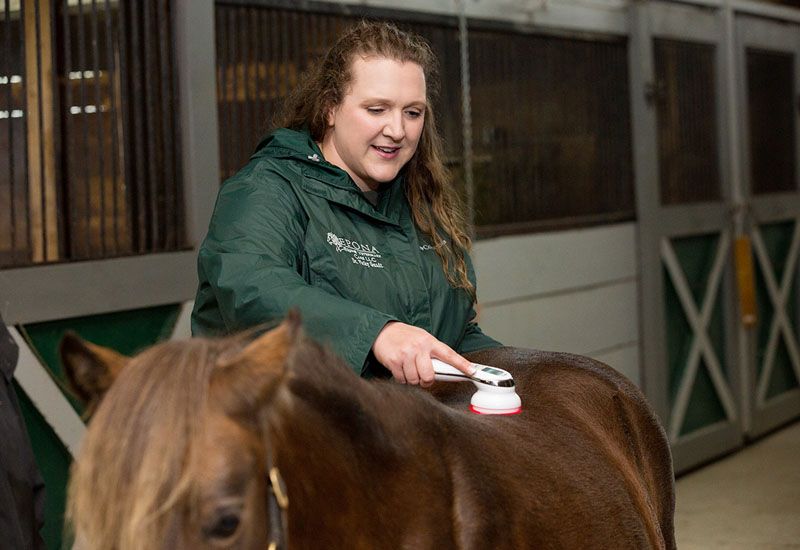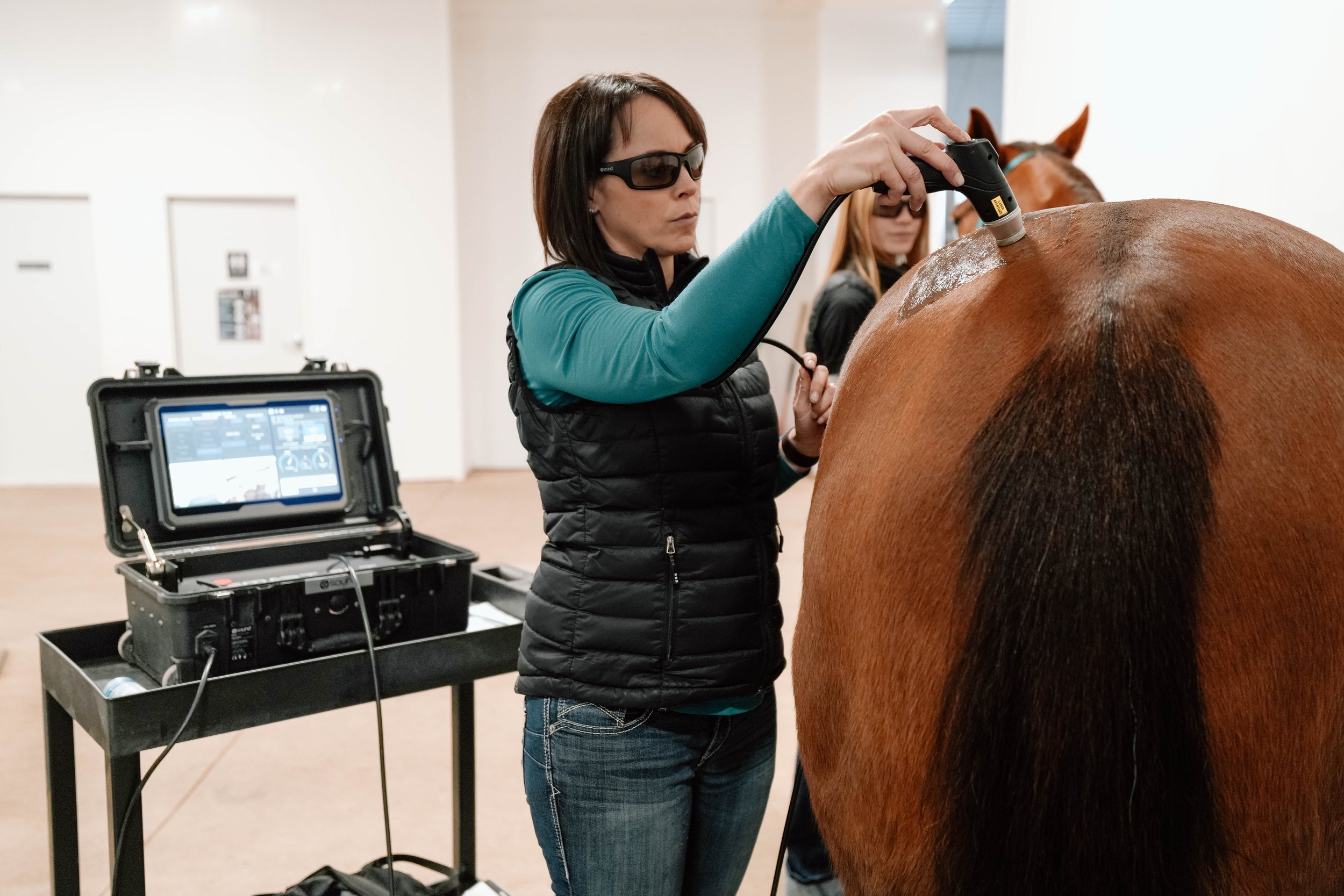Equine Therapy for Trauma Recovery: Just How Equines Aid Heal Emotional Wounds
Equine Therapy for Trauma Recovery: Just How Equines Aid Heal Emotional Wounds
Blog Article
Evaluating the Effectiveness of Laser Treatment in Horse Therapy for Injury Rehab
The analysis of laser treatment's efficiency in equine injury rehabilitation pivots on several variables, including healing time, discomfort reduction, and tissue regrowth. Vets regularly observe exceptional results with laser treatment contrasted to conventional techniques, placing it as a vital element in equine treatment.
Comprehending Laser Treatment
Laser treatment has actually become a crucial device in veterinary medication, especially in the therapy of equine conditions. Known for its non-invasive nature and effectiveness, laser treatment involves the application of particular wavelengths of light to boost tissue repair service and reduce swelling. This therapeutic method is progressively preferred for its capability to accelerate the healing process in steeds enduring from a variety of musculoskeletal injuries and persistent problems.
The primary system behind laser treatment is its capability to improve mobile features. Furthermore, laser treatment promotes vasodilation, improving blood circulation and oxygen shipment to broken cells, hence expediting recuperation.
In equine medicine, laser treatment is especially useful for problems such as tendonitis, osteoarthritis, and wound healing. The technique is admired for its pain-relieving residential properties, permitting equines to regain movement and function more rapidly. Vets likewise appreciate its minimal side effects contrasted to various other therapy techniques, making it a dependable and safe choice for equine care.

Just How Laser Therapy Functions

Upon absorption, these photons activate a collection of biochemical changes, enhancing mitochondrial function and bring about boosted adenosine triphosphate (ATP) manufacturing. This rise in ATP increases cellular metabolism, promoting cells repair service and regeneration. Furthermore, laser treatment regulates inflammatory reactions by affecting cytokine degrees and reducing oxidative stress and anxiety, therefore reducing pain and swelling.
Another significant aspect of laser therapy is its role in enhancing microcirculation. The therapy advertises vasodilation, boosting blood circulation and oxygen distribution to broken cells (Equine Therapy). This facilitates the removal of mobile debris and sustains the expansion of fibroblasts and collagen synthesis, essential for wound healing
Scientific Evidence
The effectiveness of laser therapy in equine treatment has been validated via various medical researches, showcasing its healing potential across a variety of conditions. Numerous controlled tests and observational studies have documented substantial enhancements in cells repair work, pain reduction, and general recovery timelines. For circumstances, a research study conducted by Turner et al. (2012) showed that horses treated with low-level laser therapy (LLLT) for ligament injuries exhibited accelerated healing contrasted to those getting traditional therapies. The research highlighted a marked reduction in swelling and boosted collagen formation.
Likewise, research by Johnson and associates (2015) focused on equine muscular tissue injuries, exposing that laser treatment substantially sped up muscular tissue fiber regeneration and lowered muscle mass stiffness. Scientific analyses have shown that laser treatment can ease persistent problems such as osteo arthritis.
Veterinarian Insights

Veterinarians likewise value the versatility of laser therapy. She aims out that laser treatment can be tailored to the details requirements of each steed, ensuring ideal outcomes.
In addition, veterinarians value the capability to incorporate laser treatment with other treatment techniques. This multimodal approach can enhance general treatment efficiency, supplying a thorough solution for equine rehab. Such recommendations from experienced specialists highlight the expanding acceptance and application of laser therapy in equine medication.
Practical Considerations
An essential aspect of carrying out laser therapy in equine therapy entails comprehending the sensible factors to consider that guarantee its effectiveness and security. First and leading, it is crucial to choose the ideal laser gadget, like it as various kinds differ in wavelength, power, and penetration depth. Equine Therapy. Vets must be fluent in these criteria to customize treatment methods effectively to each injury type
Furthermore, the frequency and duration of laser therapy sessions need cautious preparation to maximize restorative advantages while decreasing any type of prospective damaging effects. Consistent surveillance of the steed's action to treatment can lead necessary adjustments in the treatment program. Establishing a safe and controlled atmosphere during treatments is also necessary to prevent accidental direct exposure to laser discharges, my explanation which might harm both the horse and the trainer.
Educating and qualification of employees carrying out laser therapy are critical to make sure proper strategy and to copyright safety and security criteria. Furthermore, maintaining exact documents of each session, including laser settings and observed end results, is important for assessing the total efficiency of the therapy and for making data-driven decisions.
Verdict
Laser therapy has emerged as an effective method in equine injury rehab, offering considerable benefits in healing time, discomfort relief, and cells healing. For ideal outcomes, continuous tracking and customized therapy methods remain necessary in leveraging the full potential of laser therapy in equine treatment.
Report this page